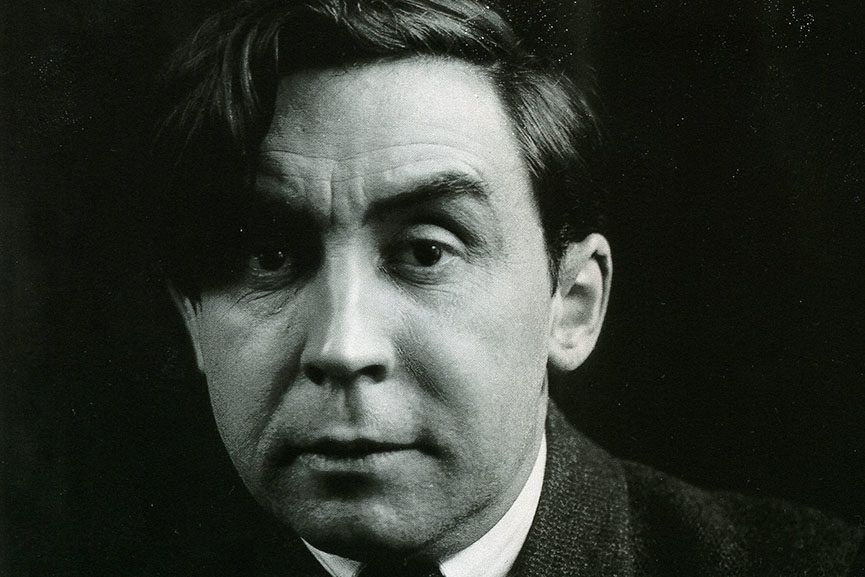
By the end of the twentieth century, geometric touches grew so intense that they sometimes overtook represented forms, resulting in a more abstract visual identity.īefore Cubism swept over the twentieth century, Fauvism was a key figure in twentieth-century art.Ĭubism is a synthetic concept. Our Instant Art History section spans the entire range of art forms, from cave art to pop art.Ĭubism, a type of artistic movement founded by Pablo Picasso and Georges Braque, focuses on geometric shapes in paintings of humans and other forms of art. What is Cubism? The National Museum of Modern Art in Tokyo houses an exhibit on modern art. The art of perception, also known as visual perception, is based on the creative eye. Cubism’s central concept was that art can only be viewed with a magnifying glass. People were able to interact with reality and express new emotions in a new way as a result of it. Cubism transformed the way art is viewed in the twentieth century. Following the 1920s, Dada, Surrealism, and Art Deco all gained ground. Several Cubists were forced to leave their homes during the early days of World War I, which marked the decline of Cubism in Europe. Aaron Douglas and Stuart Davis brought the style to the United States in 1912. Other artists began using sand, rope, and even mirrors to represent things in the past. The size of scales no longer matters in Synthetic Cubism Picasso’s painting The Three Musicians depicts a hand that is twice as large as the guitar itself, and the scales on the guitar have no relevance. By 1912, Analytical Cubism had begun to undermine the visual comprehension of the viewer. Nature should be handled with the cylinder, spear, and cone, according to Paul Cézanne. Analytical Cubism, which originated in 1907, visually laid out what an artist thought was important about the subject.

Les Damsoilles d’Avignon is a 1907 painting by Pablo Picasso depicting five African women with geometric heads and body shapes made of African masks. Cubism was an important influence on many other styles of modern art, including abstract art, Surrealism, and Pop art. The term “cubism” was first used by art critic Louis Vauxcelles in 1908 to describe the work of these two artists.

The artists who started the movement were Pablo Picasso and Georges Braque. Cubism was a movement in painting that began in the early 20th century.


 0 kommentar(er)
0 kommentar(er)
